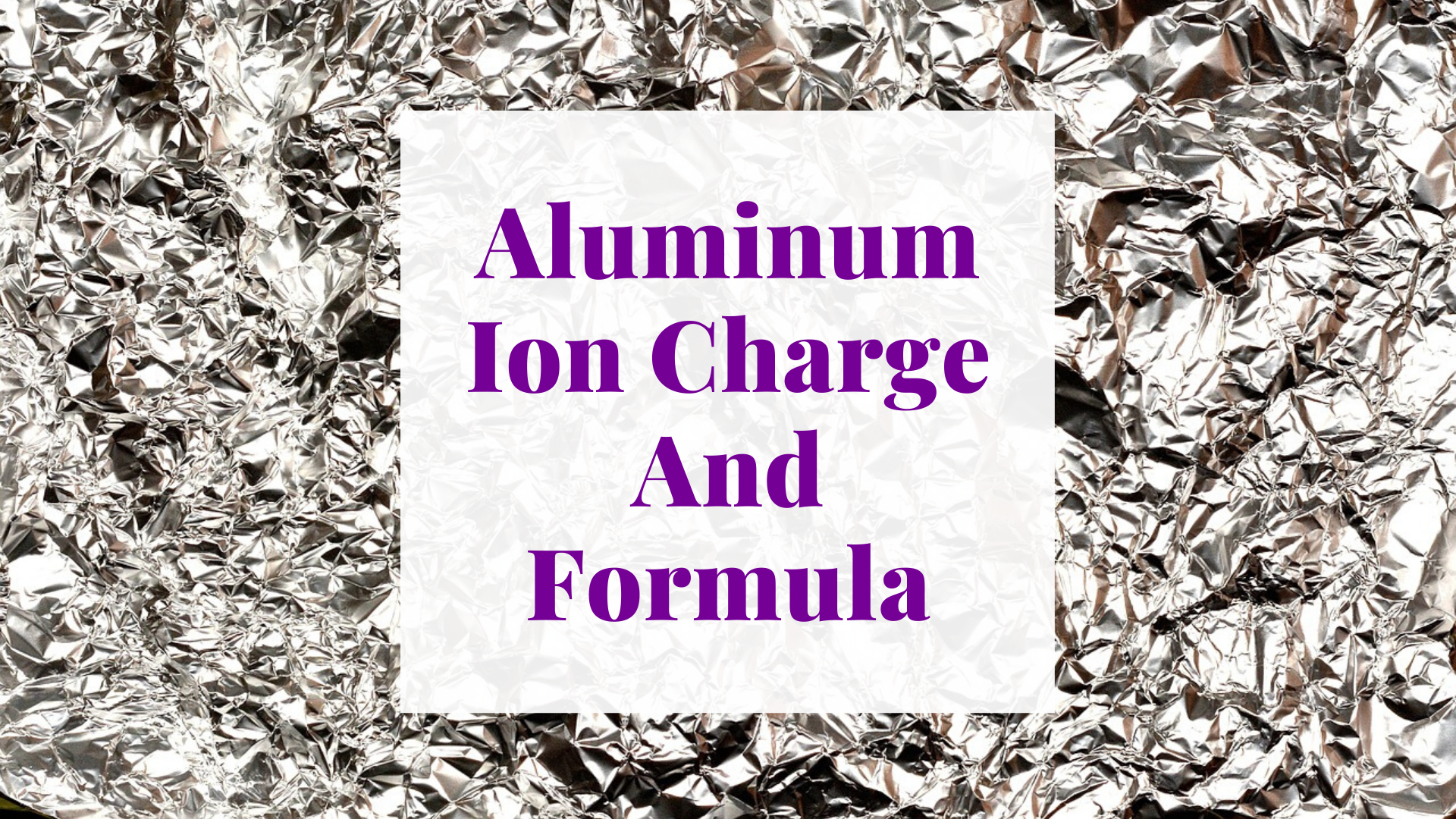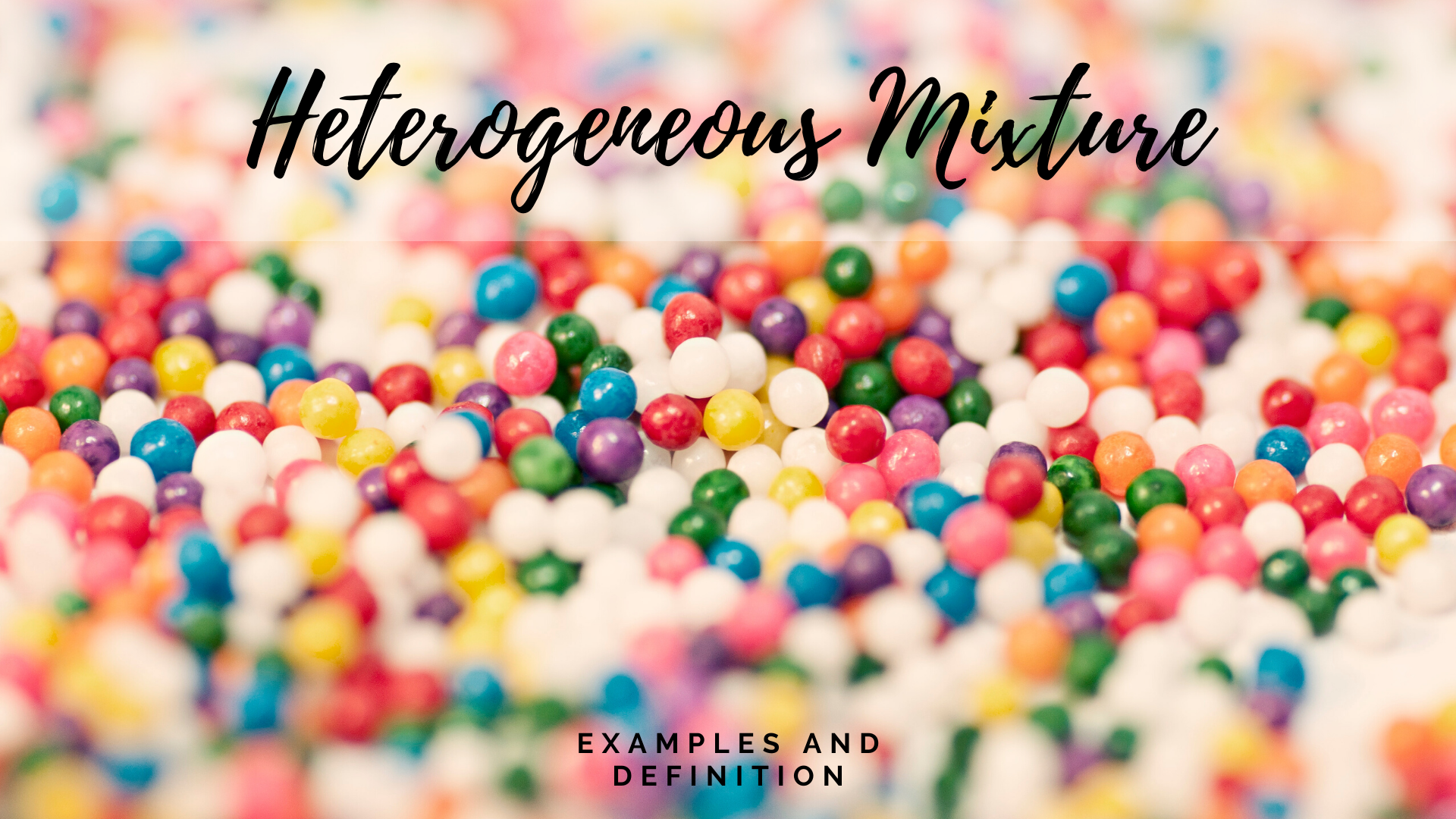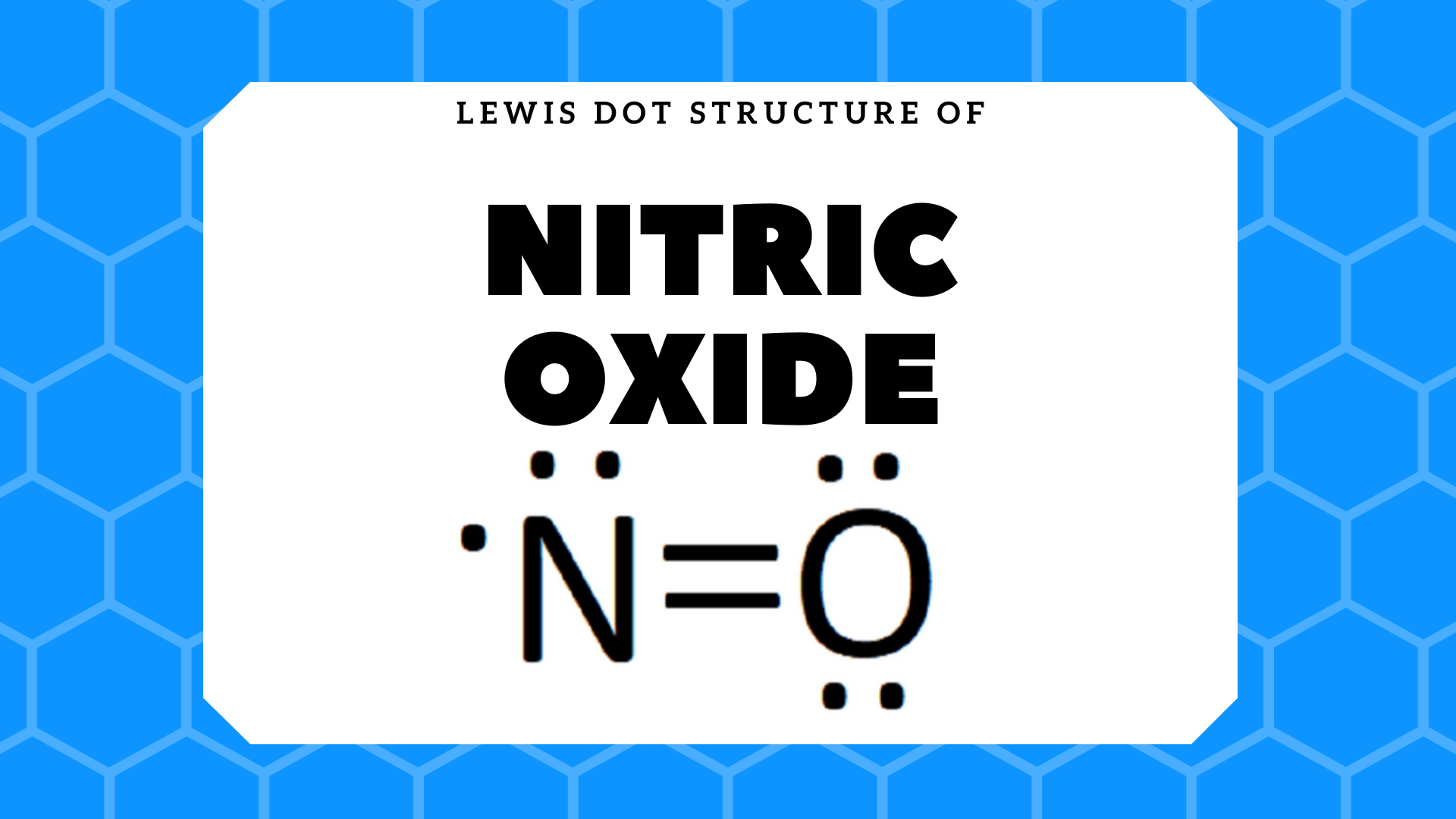Is Hexane Polar Or Nonpolar?

Hexane is a hydrocarbon compound with a chemical formula of C6H14. Hexane is classified as an alkane and is composed of a chain of 6…
Read more

Hexane is a hydrocarbon compound with a chemical formula of C6H14. Hexane is classified as an alkane and is composed of a chain of 6…
Read more

Solar energy pros and cons make it a good option in some circumstances and not in others. Some solar energy pros are environmentally friendly, no…
Read more

The pH of distilled water is theoretically about 7. In practice, it’s difficult to put an exact number on the pH of distilled water because…
Read more

Chemical reactions, also called chemical changes, refer to processes that alter chemical compounds, making new substances out of one or more old substances. To put…
Read more

The charge of an aluminum ion is typically 3+. This is because the element’s atomic number is 13, reflecting the fact that it has 13…
Read more

Sublimation in chemistry refers to the phase transition in which matter changes state from a solid immediately into a gas, without passing through an intermediate…
Read more

Geothermal energy has several pros and cons which make it an ideal energy source for specific regions. Geothermal energy pros include a passive energy source,…
Read more

In chemistry, an exothermic reaction refers to a chemical reaction that results in the release of some quantity of energy, normally in the form of light or heat….
Read more

While the term “heterogeneous mixture” sounds like it could be a complicated concept, in reality, it is actually quite simple. A mixture is made up…
Read more

Nitric oxide (NO) is a gaseous compound composed out of a single nitrogen atom and a single oxygen atom. It is the simplest of the…
Read more

The atomic radius trend describes how the atomic radius changes as you move across the periodic table of the elements. In general, the atomic radius…
Read more